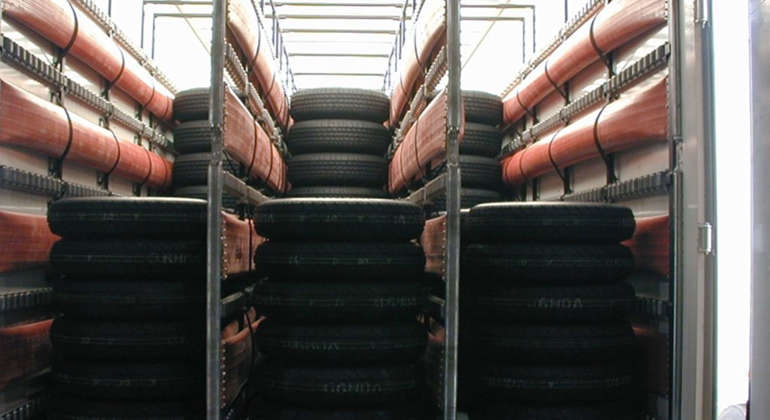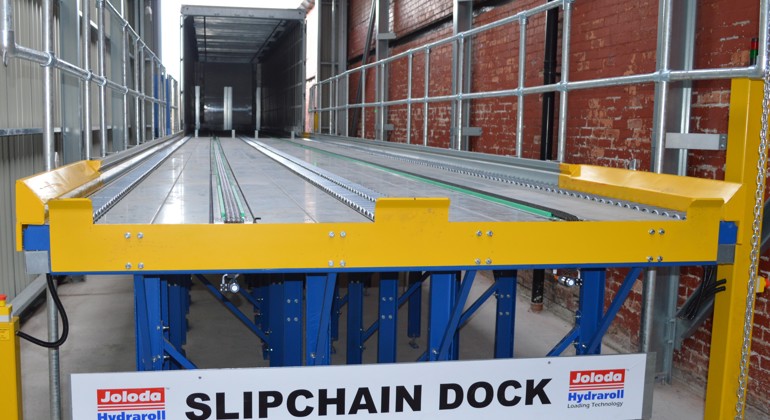Semi-automatic automation
If the line speed is less than 10 a minute, it’s much harder to justify high-level full automation. In this case, manual automation could be more appropriate; by applying semi-automatic case forming technology, however, you could cut your labour and improve the ergonomics in your workplace.
Top load case packing
When the line speed is operating at up to 30 cases per minute, top load case packing offers better versatility for packaging products, rigid or flexible, into regular slotted containers (RSCs), display trays or die-cut one-piece wraparound formats. Most top load solutions run with intermittent motion.
Although modular with separate cells for case/tray elevation, production collation, loading and case sealing, the high costs of properties for production have led to the use of single cell solutions. In these solutions, a single machine frame will take care of several of these functions. This takes place in much less space than with modular systems.
Production collation and loading are the most customised areas when it comes to automation. Multi-axis gantry or robotic loading tends to be the technology of choice for loading most products.
Side load case packing
Side loading case packing solutions operate at high speeds and can pack up to 70 cases per minute in continuous motion. A lot of these applications employ the one-piece, die-cut wraparound case style with hot glue sealing. The higher the speed, the more complex the handling requirements become to prepare the product for loading.
The majority of customised engineering focuses on infeed and conditioning. In some areas of the side load market, mechanical line shaft and cam designs are still popular, but more and more operators are converting their designs to electric motion control. The days when the most precise and repeatable approach to motion control, servo technology, was only available at a premium are long gone. Today, this technology is cost-effective as well as the best solution.
Drop packing
Today, drop packing is somewhat old hat; for decades, however, it was the preferred technology when it came to packing rigid plastic, glass or composite containers into RSCs or trays.
Although some manufacturers are still using drop packing technology for drinks, a more controlled approach to product loading has overtaken the use of gravity. Traditionally, drop packers are large and mechanically driven, and they call for a lot more maintenance than more modern alternatives.
That being said, and also traditionally, they’ve offered manufacturers the benefit of being less expensive than comparable, modern, top load solutions.
Bottom load case packing
This type of packing is popular in the dairy and publishing industries. It requires the preparation and collation of the whole caseload in advance while the case is registered and staged above the product. Often, this type of packing is limited to just 15 cases per minute. A lot of the traditional applications for this method have been converted to more modern ones.
Robotic case packing is a step towards sustainability. Their higher precision facilitates uniform handling of less durable packaging materials and not breaking them. This saves time and money.
Collaborative robots (cobots) are straightforward to train and used to carry out tedious, dirty or risky tasks, making them a game changer for many manufacturers and organisations even though the robots have still to make a significant impact on the case packaging. In an industry in which labour shortages have become a real problem for small and medium-sized businesses (SMEs) and production demands are rising, combining robotics with manual operations is helping businesses achieve more with less and reducing idling time.
These robots also cut the cost of a workstation at which unique packaging is necessary. While workers can take care of more varied or more complex tasks, robots can deal with the more repetitive or boring ones.





